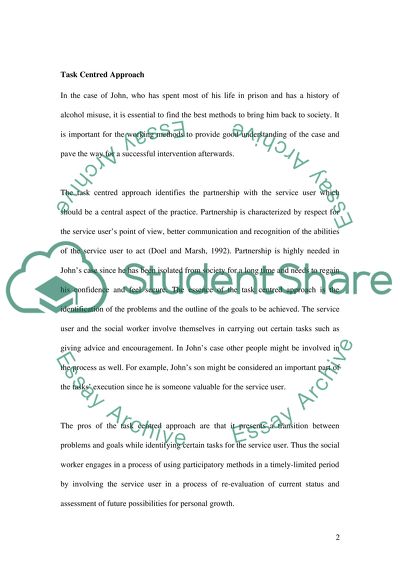Cite this document
(The Methods Used by Social Workers Case Study Example | Topics and Well Written Essays - 2304 words, n.d.)
The Methods Used by Social Workers Case Study Example | Topics and Well Written Essays - 2304 words. Retrieved from https://studentshare.org/social-science/1561958-case-study-on-social-work-theory
The Methods Used by Social Workers Case Study Example | Topics and Well Written Essays - 2304 words. Retrieved from https://studentshare.org/social-science/1561958-case-study-on-social-work-theory
(The Methods Used by Social Workers Case Study Example | Topics and Well Written Essays - 2304 Words)
The Methods Used by Social Workers Case Study Example | Topics and Well Written Essays - 2304 Words. https://studentshare.org/social-science/1561958-case-study-on-social-work-theory.
The Methods Used by Social Workers Case Study Example | Topics and Well Written Essays - 2304 Words. https://studentshare.org/social-science/1561958-case-study-on-social-work-theory.
“The Methods Used by Social Workers Case Study Example | Topics and Well Written Essays - 2304 Words”, n.d. https://studentshare.org/social-science/1561958-case-study-on-social-work-theory.


